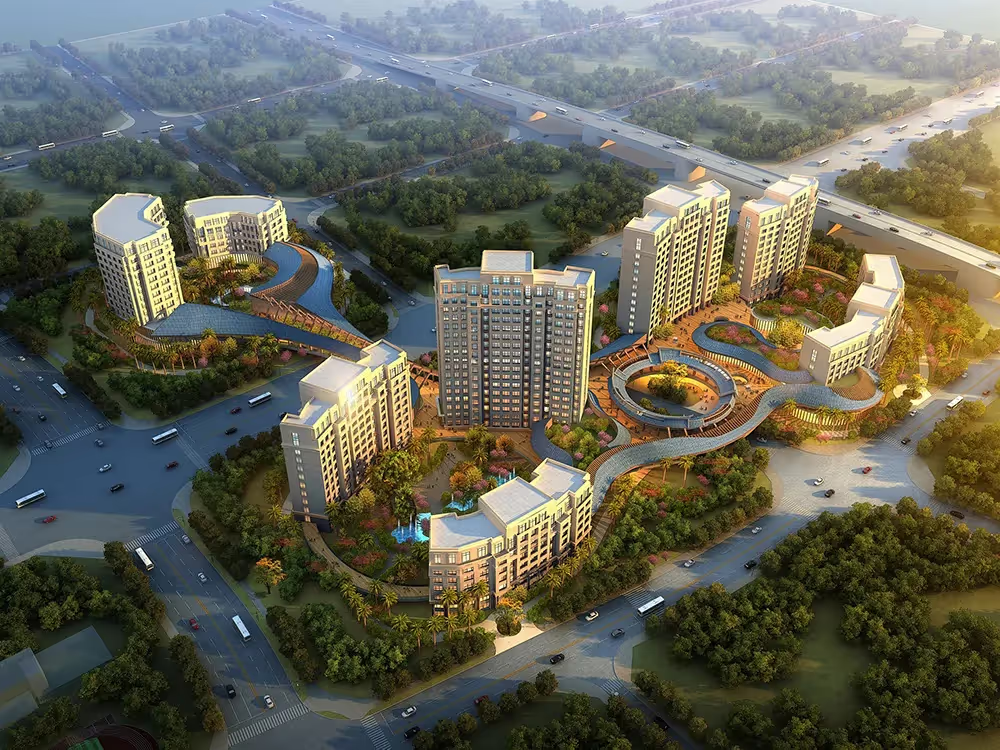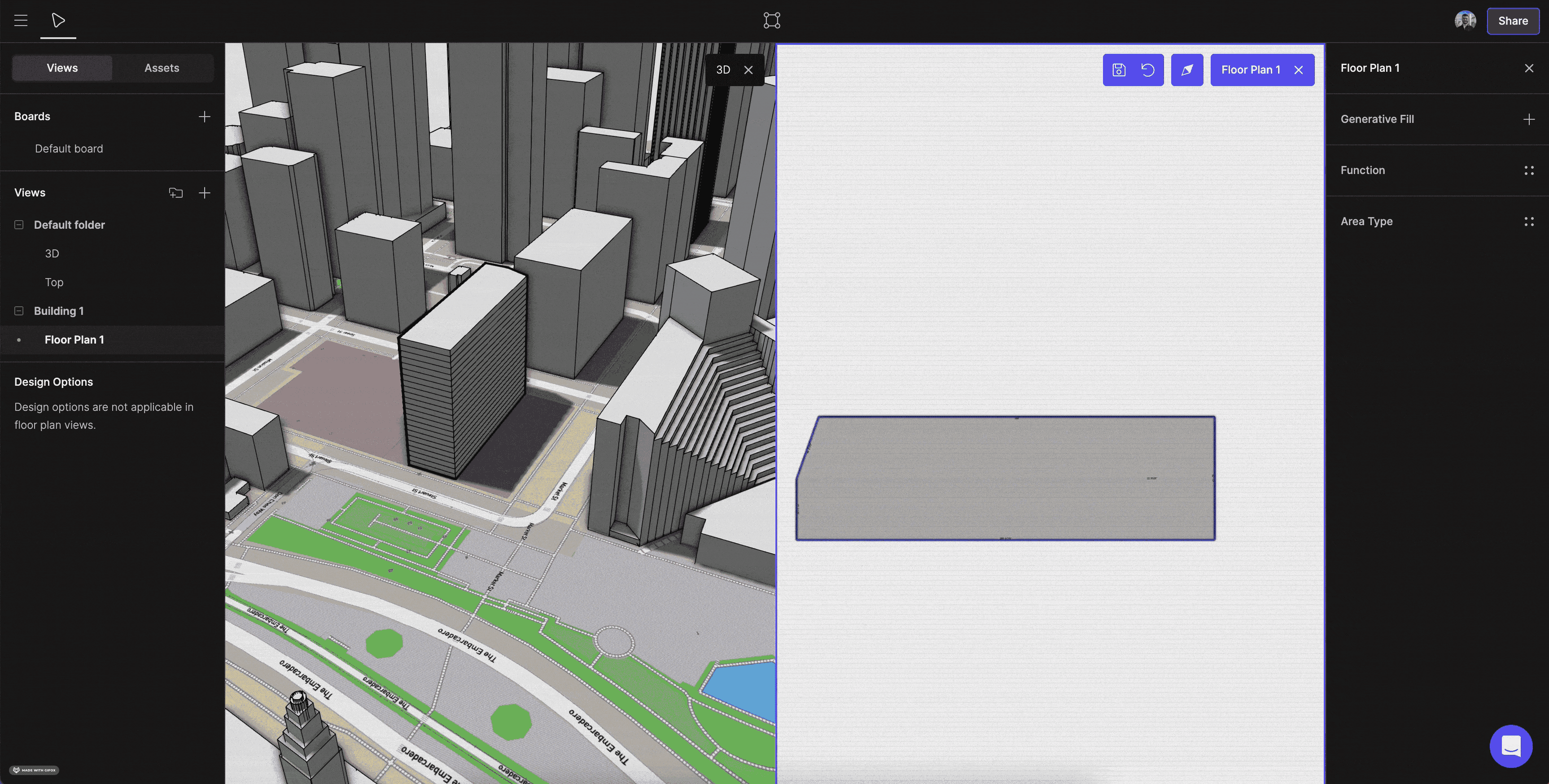We recently sat down with Pete Zyskowski from THW. Pete is the Director of Design Technology, and describes himself as a “story teller and dot-connector”. THW is based in Atlanta with ~90 staff. The summarized answers to my interview questions are shown below, but you can watch our full discussion in the video above. We always enjoy chatting with Pete, and this time was no different!
Tell us about your company & why was Arcol of interest to THW company in the first place?
We are a multidisciplinary design firm, and we tend to do a lot of campus and concept planning work with our clients. We have been looking for a way to speed up the process while also being able to better analysis, and more options.
What size/type of project do you typically do feasibility studies for?
All sizes, typically multifamily and Senior living. Many of our projects can be a multi-phase, multi-year project with a mixture of new construction and renovation/additions. We also provide data and concepts for multi-year capital planning for a lot of our clients. This requires campus-wide analysis, sometimes across their entire portfolio.

What did your feasibility study workflow look like before Arcol?
It's a lot of manual labor. Our land planning team, designers, and principals work hand in hand with our clients. We have a strong consultative discovery process. After that, it's a lot of sketching and some work in Sketchup, Revit, and Excel to provide unit counts, square footages, and other data.
What sorts of problems were you looking for new tools to solve?
How do we add value to our process, and therefore, to our deliverables? It’s always the question of how do we get “better, faster, more?” Is there a better way to get intelligent massing and geometry? Is there a way to easily modify layouts, counts, square footages, and parking to provide fast feedback and options? These types of studies, even in Revit, can be time consuming and somewhat inflexible compared to using a tool that is designed to do those types of things.
Tell me about your process for selecting Arcol
We started by reviewing what was out there in the market. Simplicity and flexibility is a huge deal for us. After narrowing down the search to about 3 applications, I pulled the design team together to review the UI/UX, and functionality of the finalists. I do a lot of the initial investigation based on our needs, watch a lot of demos, and then dig into the software myself. After having been in the software world, I know that demos can be a lot of smoke and mirrors, so it helps me get a real feel for the software and allows us to put a better set of targeted questions together when we can schedule a 1 on 1 demo. Arcol had more information out there, was far more user-friendly, and had a responsive team.
What’s your favorite feature in Arcol?
Currently, it's the ability to handle different floor plans. A lot of the tools we tried only stacked the units in one way all the way up the building, and those that did allow it, were clunky and hard to use.
What’s a feature you look forward to Arcol improving or adding?
I desperately want those AI driven unit layouts with a unit library! The promise of that brings Arcol into serious competition with some of the more developed tools out there. And the one feature that I haven’t seen in other applications is the ability to deal with topography and building pads. That’s a game changer for us. On our larger, multi-building projects, understanding how the buildings stack and connect makes a huge difference.






